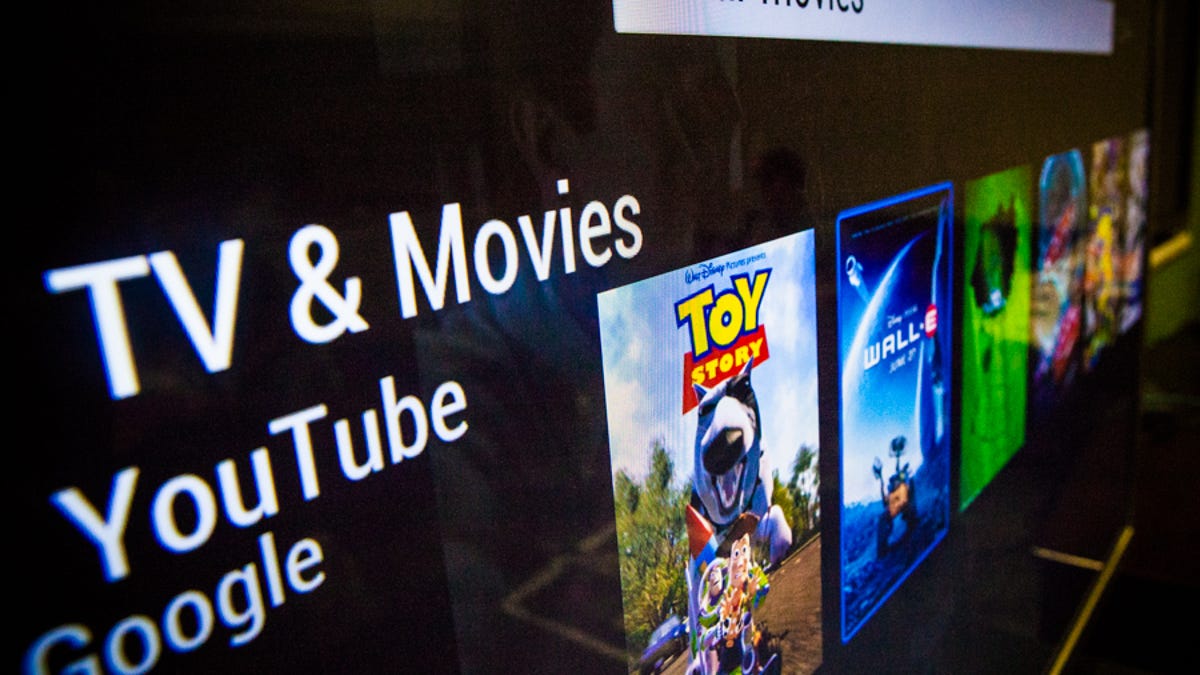Internet on the TV? Meh, say consumers
Facebook, Twitter, online shopping -- they're just a blip. The big draw by far on Internet-connected TVs is over-the-top video.

Your TV may be smart, but you're not making the most of that talent.
Facebook, Twitter, online shopping, Web browsing -- they're simply not getting much screen time on Internet-enabled TVs, according to a new report from NPD. It seems consumers prefer to engage in those activities on other devices.
"In general, these have failed to resonate with the audience, not least because there are better platforms, such as the PC, tablet, or smartphone, for such services," NPD's John Buffone wrote in a blog post today. "The one saving grace to date has been music services, where the location of the TV and the availability of key music streaming apps such as Pandora has driven reasonable consumer uptake (roughly 15 percent)."
The big draw by far on those smart TVs is over-the-top video, services such as Netflix and Hulu that supplement pay-TV subscriptions. Those services are in use on just under 60 percent of Internet-connected TVs.
A big part of the problem with getting smart TVs to be more than just television sets, says Buffone, is "a complex user experience" in which consumers have too many alternative devices from which to choose in order to bring the Internet to their HDTVs -- the TV itself, video game consoles like the Xbox, Blu-ray Disc players, streaming media set-top boxes, TiVo, and some audio/video receivers.
Just 15 percent of HDTV displays are connected directly to the Internet, but when you factor in those other devices, the number jumps to 29 percent, according to NPD.
Even Internet powerhouse Google has so far failed to convince consumers of the potential wonders of accessing the Internet via TV, but it is continuing to work on making its Google TV services more appealing.

